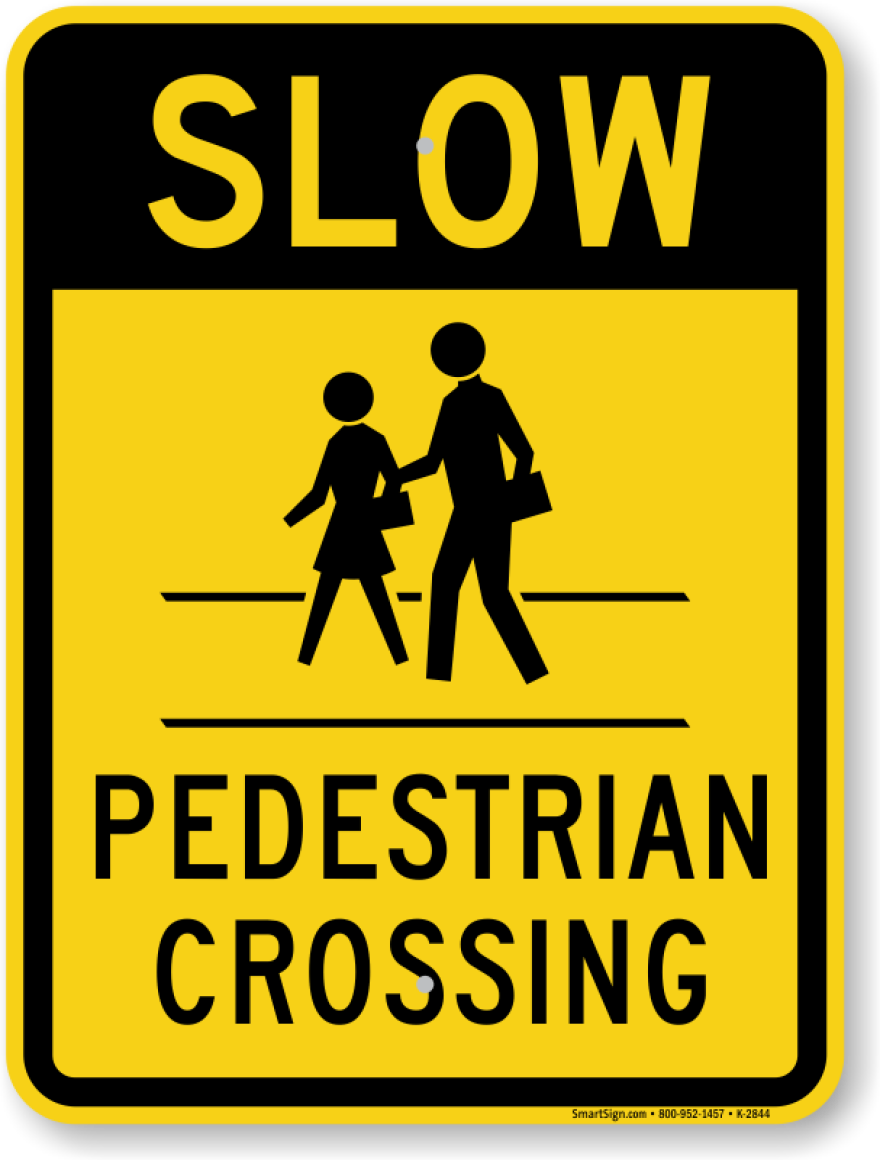In New York’s Capital Region, "getting from here to there" has long meant traveling by car, bus or taxi. Times have changed: more people have taken to bike riding and walking — and that has raised new safety concerns.
"Walking is the most popular recreation activity, according to Gallup. Bicycling is number two," says Paul Winkeller, executive director of the New York Bicycling Coalition. He notes that pedestrians and cyclists often cite better health and a cleaner environment as reasons why they avoid cars. Others are dealing with economical circumstances that leave them no choice but to remain carless. But many American cities are decades behind their European counterparts when it comes to accommodating bike and foot traffic.
Many major transportation corridors have no sidewalks or bike lanes, presenting a challenge advocates like Winkeller say has too long gone unanswered.

The Schenectady to Albany Routes 5 and 20 can be treacherous to navigate. Crossing the street often means taking life in one's hands - Route 5 particularly has seen more than its share of car-pedestrian casualties over the years. According to the Times Union, which termed it the “Avenue of Death,” eight people died and 300 were injured on the Central Avenue portion of Route 5 between 2009 and 2013. Winkeller says "Central Avenue is kinda the Wild West, and despite numerous studies and being resurfaced and central turning lanes, it is not a corridor that has achieved accommodation for pedestrians and bicyclists. There is a lot going on, speed is probably excessive, it's really hard to cross Central Avenue, it's hard to bike on Central Avenue."

It takes time, planning and red tape to negotiate changes. Rossana Coto-Batres with Capital Region Complete Streets praises Albany Mayor Kathy Sheehan for stepping up to assist. Coto-batres has been carless in Albany for 12 years, and for the past year was able to bike between Albany and Schenectady on a regular basis by using the bike racks on CDTA buses so she could safely make the journey along Route 5. She believes that change can't come soon enough. "I'm hopeful that with the Madison Avenue Road Diet and other changes that are coming to the city of Albany, that, not only politicians and legislators but also city residents will begin to see all the benefits of having more people out walking or on their bikes and maybe even sharing a car or using public transportation."
Down along the Hudson River, the highway known as 787 is also dangerous. Recently, a 16-year-old girl was killed crossing the highway where it runs through the city of Cohoes, one of three fatalities there over the last 15 years. The speed limit falls from 55 to 40 along that portion of the highway. Cohoes Mayor Shawn Morse would like to see traffic move even slower, telling NewsChannel 13 he wants that section made a boulevard. "Some dividers. I think there needs to be trees. I think there needs to be a speed limit that represents that of a community, 30 miles an hour."
Morse did discuss potential solutions with some politicians and Department of Transportation officials.
Meantime, more than a dozen police agencies across the state are conducting pedestrian safety enforcement campaigns that will run through July 3. And New York just unveiled its first comprehensive pedestrian safety plan. Check out the website.It provides $110 million for pedestrian safety improvements across upstate and Long Island during the next five years. The Cuomo administration says the program will use an engineering, education and enforcement campaign to enhance safety.







